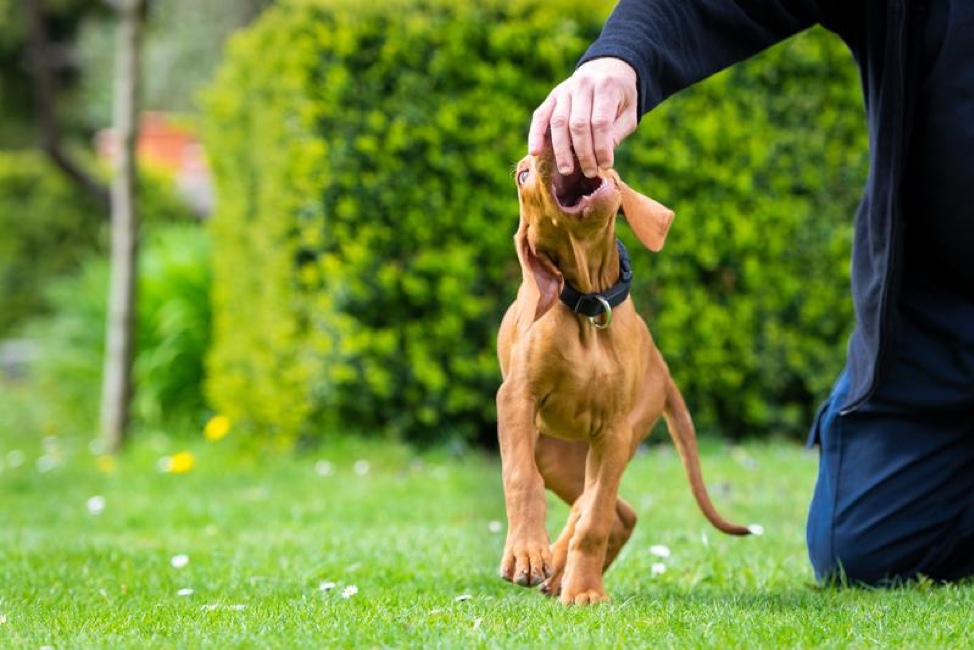Mouthing, Nipping, and Biting in Pet Dogs: What’s Normal & What’s Not
Anyone who’s ever welcomed a pet dog into the family—especially a puppy or a rescue—has likely had to deal with the issues of mouthing, nipping, and biting. Since puppies communicate with one another using their mouths, it stands to reason that they’d want to continue this behavior with their human “pack.” However, it’s nowhere near as much fun for humans and can easily escalate into a serious problem if it isn’t corrected early. Here’s how to tell whether your dog’s mouthing and biting are representative of normal development, or a deeper behavioral issue.
Mouthing
Dogs use their mouths to explore their surroundings, and certain breeds are programmed to use them for specific jobs—for example, a sheepdog will often guide her charges by gently tugging on their wool with her mouth. This exploratory gnawing behavior is called mouthing, and it’s an essential aspect of puppy development. However, you don’t want your dog practicing on your fingers, so be sure to provide lots of indestructible chew toys for her to bite instead.
Nipping
Nipping is different from mouthing in that it involves a small, sudden bite—not hard enough to break the skin, but enough to puncture your clothing. While it can be annoying and sometimes painful, nipping is not an aggressive behavior and can usually be corrected. If your dog nips, make a high-pitched yip or “ouch!” sound when he puts his teeth on you, then withdraw and ignore him for at least 15 seconds. This will teach him that he loses your attention when the teeth come out, and your attention is what he craves.
Biting
If your dog hasn’t learned to control her mouthing behavior by adulthood, the nipping could escalate into biting—hard, painful bites that draw blood. These types of injuries can require costly medical attention, surgery, pain medication, and cause scarring and disfigurement. Many states hold animal owners strictly liable if their pet attacks another person, unless the attack was provoked. Learn to read your dog’s body language. If she remains loose and relaxed while she’s attempting to nip you, she’s only playing. Conversely, if her body is stiff and her ears are drawn back, she’s warning you to stay away. Should your dog display this type of frightened or aggressive behavior, it’s best to enlist the aid of a trainer.
Mouthing, nipping, and biting are all common behaviors for dogs. Recognizing the difference between normal play and aggression is the key to raising a well-behaved, well-adjusted dog. If you begin bite inhibition at an early age, this goal will be achieved sooner rather than later.
If you need a sitter for your dog, I’m your guy. I have lots of experience with lots of different kinds of dogs. Contact me today to set up an appointment!


